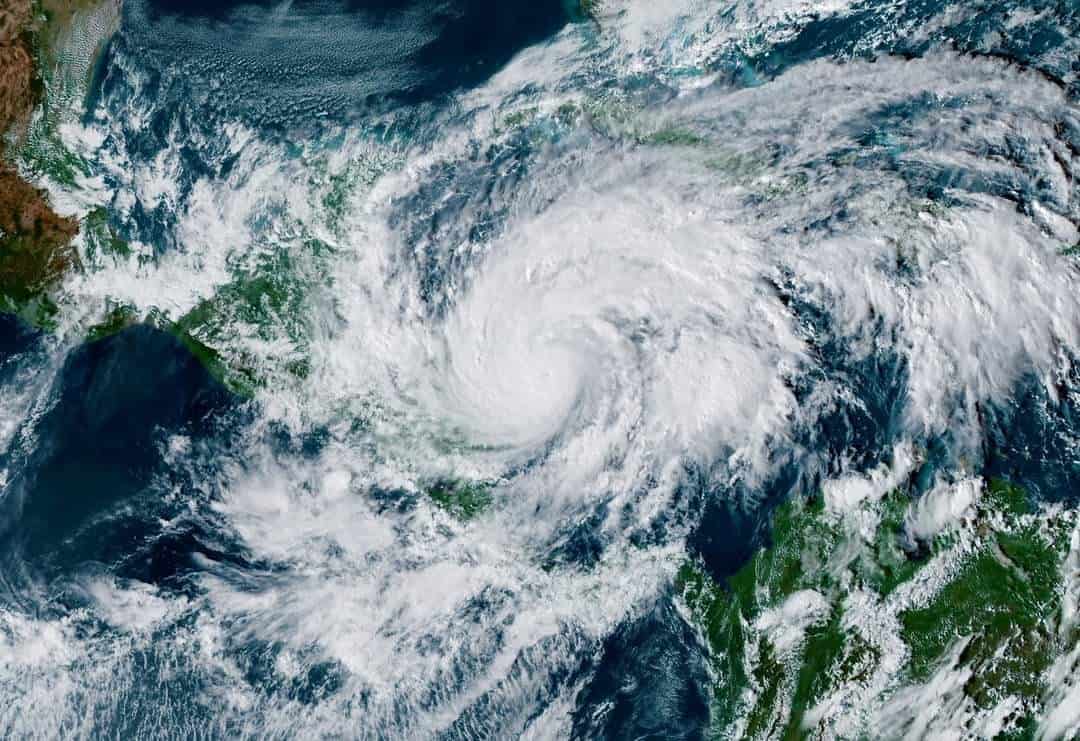This year’s hurricane season has seen a record 29 named tropical storms wreak havoc across the southeastern United States, the Caribbean and Central America, experts said on Tuesday.
The cyclonic storms, which are given named status in the Atlantic when their wind speeds exceed 62 kilometres per hour (39 miles per hour), have already displaced thousands and caused close to $20 billion of damage.
The US National Hurricane Center tweeted that tropical storm Theta had become the 29th event to be named this season, beating the previous record of 28 in 2005 — the year Hurricane Katrina devastated New Orleans.
The NHC was even forced to switch to the Greek alphabet after 2020’s storms exhausted its list of Latin names.
Experts said climate change was helping to increase ocean temperatures, rendering the cyclones more powerful.
They said 2020’s increase in named storms could also be connected to a regional reduction in air pollution over the central Atlantic since the 1980s, as well as the La Niña weather cycle.
“As we continue to warm the planet at the tropical Atlantic, there is more energy to fuel more and stronger tropical storms and hurricanes,” said Michael Mann, director of the Earth System Science Center at Pennsylvania State University.
“When we happen to get a La Niña event, as with this year, it reinforces the impact that climate change is having and we get the sorts of devastating storm seasons we are witnessing.”
Globally, as ocean temperatures increase in step with climate change, there has been a clear pattern of increasing tropical storm intensity in recent decades.
A study published in June found that the proportion of the strongest storms is increasing about 8 percent a decade, on average.
Hurricane Eta, which slammed into Central America this month, causing at least 130 deaths, is among the strongest November hurricanes ever recorded.
A growing number of tropical cyclones are also forming under a process known as rapid intensification.
This is where storms develop extremely quickly because of warmer waters, which in turn is made more likely as ocean temperatures rise globally.
Nine of 2020’s tropical storms have experienced rapid intensification, which makes them harder to forecast and to prepare for landfall.






